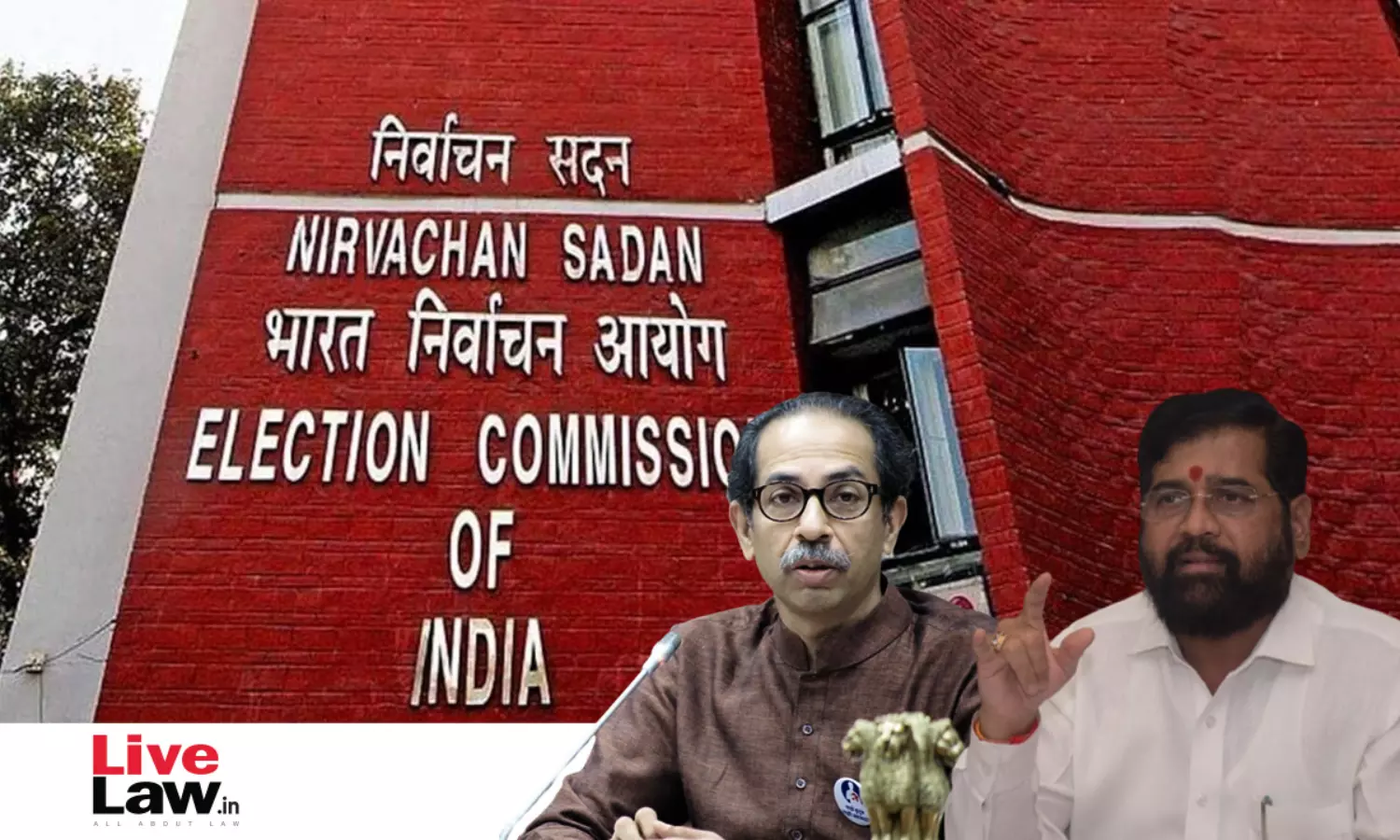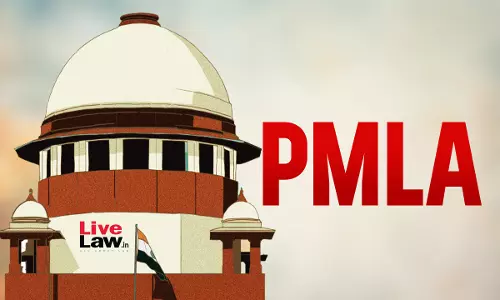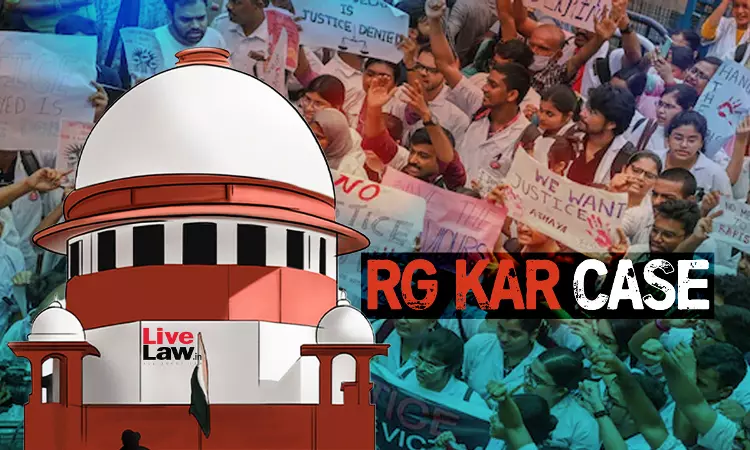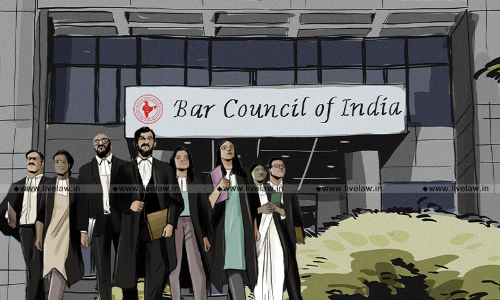Shiv Sena Rift : Why Election Commission Allowed Eknath Shinde To Retain Official Name & Symbol? Read Reasons

The Election Commission of India (ECI) has recognised Eknath Shinde group as official "Shiv Sena", allowing them to use the official "Bow & Arrow" symbol and "Shiv Sena" name. The Uddhav Thackeray faction has been allowed to use the name "Shiv Sena (Uddhav Balasaheb Thackeray)" and the symbol of "flaming torch" for the upcoming bye-elections in Maharashtra assembly. The ECI stated that...
The Election Commission of India (ECI) has recognised Eknath Shinde group as official "Shiv Sena", allowing them to use the official "Bow & Arrow" symbol and "Shiv Sena" name. The Uddhav Thackeray faction has been allowed to use the name "Shiv Sena (Uddhav Balasaheb Thackeray)" and the symbol of "flaming torch" for the upcoming bye-elections in Maharashtra assembly.
The ECI stated that it has applied the tests mentioned in the 1971 Supreme Court judgment in Sadiq Ali v. Election Commission of India. In the Sadiq Ali case, it was held that in matters of disputes among groups of a political party, the test of majority support among the members of the ‘organisational and legislature wings’ of the party was the critical test to decide the dispute.
Following are the three tests and their application as per which the ECI made its decision–
I. Test of Aims and Objects of the Party Constitution
As per the Eknath Shinde faction, the Uddhav Thackeray faction, by forming a coalition with parties of different ideologies, had deviated from the aims and objects of the party and that the same formed the core point of disagreement and disappointment in the rank and file, the office bearers, and the elected representatives of Shiv Sena.
On the other hand, the Uddhav Thackeray faction stated that the ideology of Shiv Sena as per Article V of the party constitution was that the party shall be committed to rational secularism, socialism, and national integrity. Accordingly, the Uddhav Thackeray faction submitted that they had not departed from the ethos of the party.
Regarding this test, the ECI found that the test could not yield an effective outcome as both the sides claimed adherence to the aims and objects of the party. Therefore, ECI held–
"The application of this test will render an inconclusive answer for the purpose of adjudicating the present dispute."
II. Test of Party Constitution
While arguing on the test of party constitution, the Eknath Shinde faction submitted that the test of the constitution of the party could not be relied upon as the constitution of Shiv Sena as amended in the year 2018 was undemocratic. The Uddhav Thackeray faction, on the other hand, argued that a rival factional group emerging within a political party and claiming to be that party had to do so within the framework of the party constitution. Further, the Thackeray faction also stated that if the Shinde faction did not approve of the party constitution which had been amended in 2018, they could establish their own political party.
While applying this test, the commission found that the party constitution on which respondent (Uddhav Thackarey faction) was placing strong reliance was undemocratic. Further, the complete list of office bearers of various bodies was not provided to the commission, whenever elections were held or appointments were made. As per the commission –
"The amendments in the Constitution in 2018 had undone the act of introducing democratic norms in the party Constitution of 1999 and the functioning of Shiv Sena, brought by Late Balasaheb Thackeray at the insistence of the commission...the 2018 Constitution, by way of its clean reading on the vital access of remedy of dissent, in such factual circumstances, stifles all options of rival groups in its very formulation."
The commission found that for a truly functional democracy, it was important that one of the key stakeholders, that is, the political parties were run in a democratic manner and this could only be ensured if the Constitution being adopted by them did not allow concentration of power in the hands of few. It held–
"Any reliance on the test of party constitution for determining the present dispute case would be undemocratic and catalytic in spreading such practises across parties."
III. Test of Majority
In the circumstances of the case, the commission stated that it was forced to rely upon the test of majority. While noting that the very basis of the recognition of a political party was in terms of the percentage of votes polled in election to the legislative assembly or to the house of people and number of elected members, the election commission of India found that the majority test was in favour of the petitioner (Eknath Shinde faction). The commission found that the majority test outcome in legislative wing reflected qualitative superiority of the majority test in favour of the Shinde faction. However, ECI noted that–
"While the application of this test in legislative wing of Shiv Sena has given a clear answer as to which faction is enjoying majority support, the application of this test in the organisational wing of the parties found to be yielding indeterminable and non-conclusive outcome. Therefore through a conjoint and wholesome reading of all aspects, outcome of the test and embedding the democratic imperative, there is a recognisable bias in the factual material of the dispute, to discern the outcome of legislative wing test as the fulcrum, reflecting both, the fact of the split and, majority."
The ECI, after applying the tests noted that the following outcomes had been revealed–
1. No serious contestation on facts by either side of numerical outcome of legislative wing test had emerged.
2. There was a "democratic deficit" in the amended constitution and the process of its amendments and its workings.
3. The claims of numerical majority in organisational wing by both factions was not satisfactory.
4. The combined reading of the respective numerical counts in the present case reveal more like reliability in the legislative wing.
5. Within the number count, an overwhelming numerical superiority of the Eknath Shinde faction in legislative wing was categorically verifiable. The numerical count included all MPs, MLAs, MLCs.
Accordingly, the commission ordered that the party name "Shiv Sena" and the party symbol "Bow and Arrow" would be retained by the Eknath Shinde faction. The name of "Balasahebanchi Shiv Sena" and symbol of "two swords and shields" which was allotted to the Eknath Shinde faction by the interim order dated 11 October 2022 of the commission in the dispute was ordered to be frozen and not to be used. Further, Uddhav Thackeray faction was allowed to use the name "Shiv Sena (Uddhav Balasaheb Thackeray)" and the symbol of "flaming torch" till the upcoming bye-elections in Maharashtra assembly.
The petitioners were represented by Senior Advocates Mahesh Jethmalani, Maninder Singh, Siddharth Bhatnagar, and Malvika Trivedi and Advocates Chirag Shah, Utsav Trivedi, Manini Roy, Himanshu Sachdeva among others. The respondents were represented by Senior Advocates Kapil Sibal, Devadatt Kamat and others.




